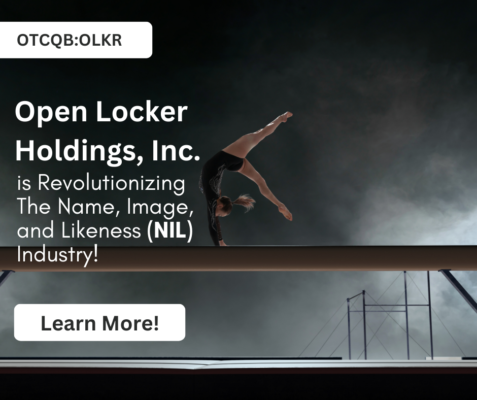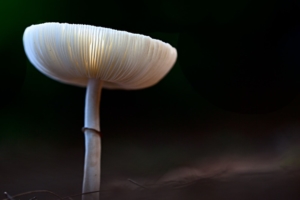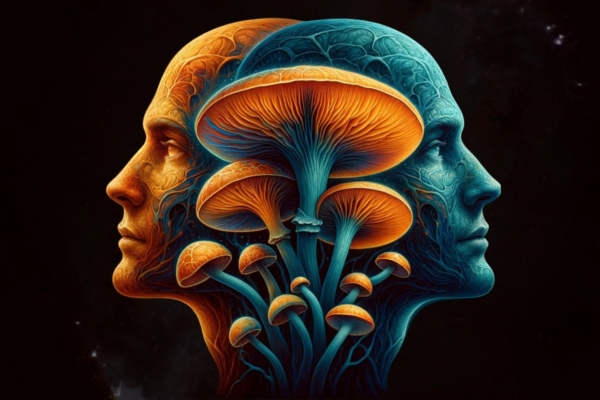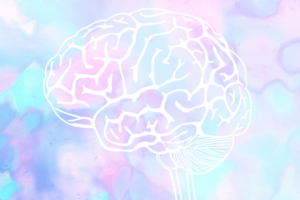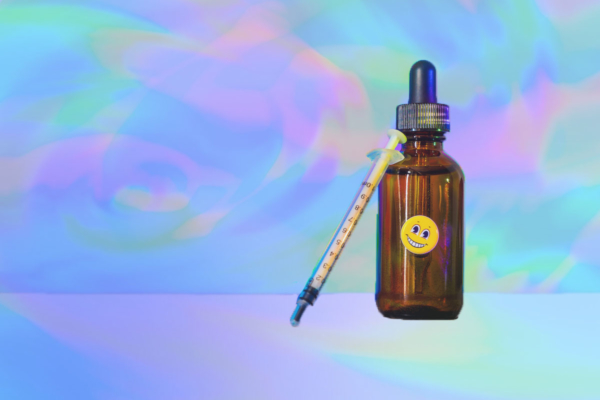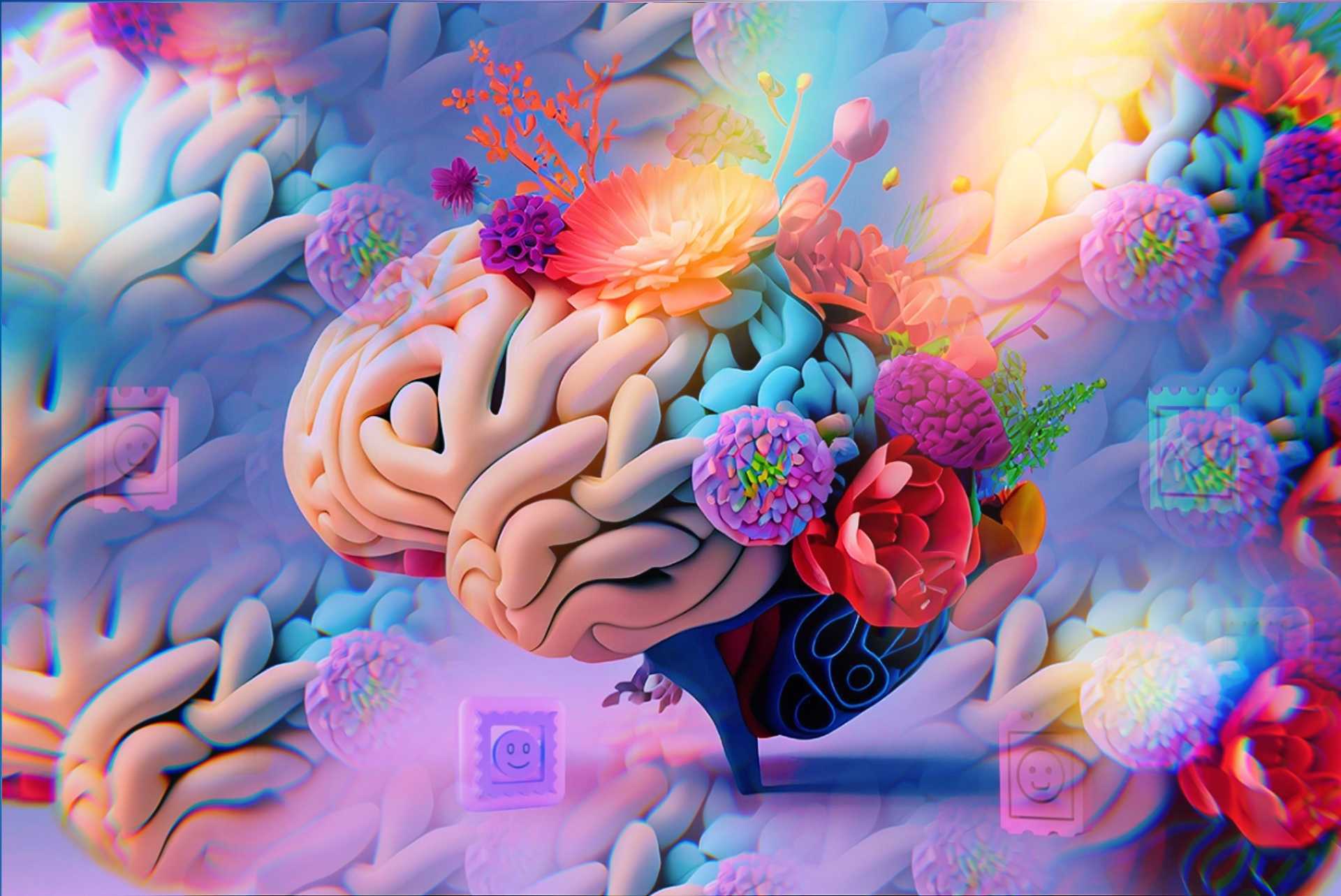
Move over, Lucy in the sky with diamonds, there’s a new non-hallucinogenic LSD in town. 2-Br-LSD is not your typical trip-inducing drug. Instead, it has a specific target in the brain, activating the 5-HT2A receptor but not the 5-HT2B receptor, unlike other psychedelic substances. Not only does it skip the intense hallucinogenic effects, but it also prevents tolerance from building up over time and it appears safer than it’s hallucinogenic cousin. But there’s more to this compound than just avoiding the psychedelic experience. It boosts neuroplasticity, potentially providing hope for those suffering from depression. This non-hallucinogenic version appears to also help animals handle stress like a pro, reversing the negative effects of chronic stress.
During the 1940s and 1950s, there was a lot of research on lysergic acid derivatives. Dr. Albert Hofmann made LSD in 1938 and studied its potential uses to treat various disorders. He also created (+)-2-bromolysergic acid diethylamide 2-Br-LSD, BOL-148, which did not cause hallucinations in humans.
A 2010 study found that 2-Br-LSD, which was originally thought to block the psychological effects of LSD, was effective in treating cluster headaches, similar to LSD and psilocybin. This surprising discovery suggested that 2-Br-LSD may also have similar antidepressant and anti-anxiety effects as LSD.
Jumping a few years ahead, this 2023 study aimed to explore the pharmacological properties of 2-Br-LSD, its psychedelic effects, and its potential as a treatment for mood disorders.
The researchers studied how 2-Br-LSD affected different receptors in the brain. They used a specific test to measure how 2-Br-LSD interacted with 33 types of receptors, including those related to serotonin, dopamine, adrenergic, histamine, and muscarinic pathways.
The study was long enough to make a sloth look like Usain Bolt, and the language used was more confusing than a Rubik’s Cube in the dark. But fear not, dear earthlings, we did our best to decode it for you.
Join our FREE Psychedelics for Beginners Course

The effects of the non-Hallucinogenic LSD on serotonin Receptors
According to the researchers, 2-Br-LSD had a partial activation effect on various receptors, such as those related to migraines and serotonin pathways. They also discovered that the non-hallucinogenic LSD analogue displayed a significant impact on all five 5-HT1 receptor subtypes, which are recognized for providing relief from migraines. Additionally, they observed that 2-Br-LSD activates these receptors in a similar manner to LSD.
How did they do that?
Well, the researchers looked into how LSD and 2-Br-LSD affect G protein-coupled receptors (GPCRs), which are involved in various body functions and are targeted by many drugs, including LSD.
According to the results, LSD and 2-Br-LSD had the most prominent effects on serotonin receptors. 2-Br-LSD was found to have potent activity at all 5-HT1 subtypes. However, when it came to other receptor types such as adrenergic, histamine, and muscarinic receptors, the non-hallucinogenic version showed weaker activity compared to LSD. These receptors play various roles in the body’s responses to stress and bodily processes.
The study’s main finding was that out of the 33 GPCRs tested, LSD was found to have agonist activity, activating the receptor, in 20 of them. On the other hand, 2-Br-LSD was found to be active as an agonist only in 14 of these GPCRs. According to the study, while 2-Br-LSD may have potential for targeting certain serotonin receptors, it has less impact on other receptor types compared to LSD.
2-Br-LSD can bind to the 5-HT2A receptor in the brain
The 5-HT2A receptor found in the brain is responsible for the psychedelic effects of LSD. Its activation causes hallucinations and other psychedelic experiences. LSD is a powerful activator of this receptor, leading to its strong psychedelic effects.
Compared to LSD, 2-Br-LSD only partly activates the 5-HT2A receptor, achieving only about 59.8% of the maximum possible activation level. However, it is still highly effective at activating the receptor, with an EC50 value of 0.81 nM, which means it requires only a small amount to activate the receptor.
It is worth noting that partial agonists, such as 2-Br-LSD, can function as partial antagonists. Essentially, when 5-HT2A receptor-activating neurotransmitters are present in the brain, 2-Br-LSD can partially obstruct their effects and lessen the activation of the receptor. Experiments have proven that 2-Br-LSD is a powerful partial antagonist of the 5-HT2A receptor. It can partially inhibit the effects of the neurotransmitter 5-HT on Gq signaling and β-arrestin2 recruitment, which are two crucial cellular signaling pathways.
The non-hallucinogenic LSD can activate the 5-HT2A receptor in the brain without causing hallucinations
The researchers conducted a test using the head-twitch response (HTR) in mice to determine if 2-Br-LSD can activate the 5-HT2A receptor. This receptor is known to be involved in the psychedelic effects of other hallucinogens like psilocybin and DMT.
They discovered that LSD was able to induce the HTR, while 2-Br-LSD was not. However, they also observed that if given beforehand, 2-Br-LSD could prevent the HTR that another drug called DOI typically caused, confirming that 2-Br-LSD has the ability to activate the 5-HT2A receptor in the brain.
That is not all the researchers did. They also looked into whether the effects of 2-Br-LSD on the 5-HT1A receptor were hiding the HTR. They tested blocking this receptor with another drug, but it didn’t stop 2-Br-LSD from activating the 5-HT2A receptor. They also studied whether the D2 receptor could be causing the absence of HTR, but found that neither blocking nor activating it had any effect.
All in all, this indicated that the non-hallucinogenic LSD can activate the 5-HT2A receptor in the brain without causing hallucinations. This information may help in developing treatments for psychiatric disorders that involve dysfunction of the 5-HT2A receptor.
2-Br-LSD – less riskier than LSD?
The FDA has withdrawn drugs from the market that activate 5-HT2B receptors in our body for a prolonged period of time, as they can lead to damage to the heart valves. LSD is a drug that activates these receptors strongly, but the non-hallucinogenic LSD does not activate them in the same way. In fact, 2-Br-LSD actually blocks these receptors from being activated, which means that it won’t cause damage to the heart valves.
But that’s not the only way in which 2-Br-LSD may be better than traditional LSD. The researchers discovered that 2-Br-LSD had minimal activity on other receptors in the body which could influence autonomic functions such as blood pressure and heart rate.
Overall, the results shows that the non-hallucinogenic LSD had a safer cardiovascular toxicity profile as compared to LSD and other drugs that heavily stimulate 5-HT2B receptors.
Less likely to cause tolerance than traditional LSD
To understand tolerance development, we need to look into β-arrestin recruitment which is a signaling pathway that helps regulate the activity of certain receptors in our body. The reason this is important is because when a receptor becomes overactive, tolerance can develop, which requires a higher dose of a drug to achieve the same effect.
The researchers found that 2-Br-LSD produces weaker β-arrestin recruitment at the 5-HT2A receptor compared to LSD, making it less likely to cause tolerance.
2-Br-LSD may ease depression symptoms
Depression can cause changes in the structure and function of neurons in the brain, which are cells that communicate through synapses. These changes may lead to symptoms like poor concentration and a low mood.
Antidepressants help the brain adapt and form new connections between neurons, which is known as promoting neural plasticity.
The researchers discovered that 2-Br-LSD has the ability to boost neural plasticity by administering the drug to cultured neurons. This implies that using 2-Br-LSD may improve the way neurons function and their structure in the brain, which could possibly help to ease symptoms of depression.
Potential treatment for mood disorders like depression and anxiety
To test whether 2-Br-LSD has potential as a treatment for mood disorders such as depression, the researchers administered various amounts of the substance to mice. They then analyzed the mice’s behavior in two standard tests: the forced swim test (FST) and the open field test (OFT). These tests are typically used to assess whether medications can alleviate symptoms of depression (in the case of the FST) or anxiety (in the case of the OFT). The mice were evaluated 24-25 hours after they were given the drug, when the drug had cleared from their brains. The researchers tested if the non-hallucinogenic LSD would affect how the mice behaved in these tests.
According to the results, the mice didn’t move more with 2-Br-LSD, but they did explore the center of the open field more, implying that the compound may have a calming effect, which could help alleviate anxiety in mice. Moreover, male and female mice in the FST exhibited less immobility, which is linked to depression, indicating that this LSD analogue might be useful as an antidepressant.
Finally, the researchers looked at the brains of the mice and found that the compound had increased the density of synaptic spines in the prefrontal cortex, which is a region of the brain associated with stress-coping behaviors. This suggests that 2-Br-LSD could be working in the brain to promote active stress-coping behaviors and reduce depressive symptoms.
In summary, the results indicate that 2-Br-LSD has the potential to be a novel treatment for mood disorders. However, we would need to go through a lot more research to verify these findings and to understand the compound’s mechanism of action in the brain.
2-Br-LSD reverses the behavioral effects of chronic stress in mice
Researchers also tested 2-Br-LSD’s ability to reverse the negative effects of chronic stress on mice behavior. Chronic stress can cause mood disorders in both mice and humans. The mice in the study were subjected to a period of chronic stress and then given the non-hallucinogenic LSD.
The study found that the mice that received the non-hallucinogenic LSD had improvements in their behavior compared to the mice that didn’t receive it. They spent more time exploring their surroundings and showed more self-care behaviors. The study found that the therapeutic effects of 2-Br-LSD lasted for a while after the treatment and it may be useful in alleviating negative effects of chronic stress.
Final Thoughts
Treatment options for major depressive disorder (MDD) and anxiety disorders, which frequently occur together, have some disadvantages, such as taking a while to work, needing to be taken regularly for extended periods, and a significant number of patients not responding to treatment. Needless to say, current treatments also require deep pockets. Several studies conducted under double-blind, placebo-controlled conditions have shown that a single or two doses of psilocybin, DMT, and LSD can result in substantial and long-lasting reductions in depression and anxiety. However, using these psychedelic substances for therapy has limitations. Some patients may require close clinical supervision due to these drugs’ intense psychedelic effects. They may also experience feelings of anxiety and confusion, and the effects can last for 6-8 hours which may result in higher costs.
A form of LSD that does not cause hallucinations may offer the same therapeutic advantages as regular LSD, but without the strong psychedelic effects. This could make it a better option for older individuals and patients who may not prefer to experience hallucinations and other intense effects linked with traditional psychedelics, which could make it more practical to use in a therapy setting.
